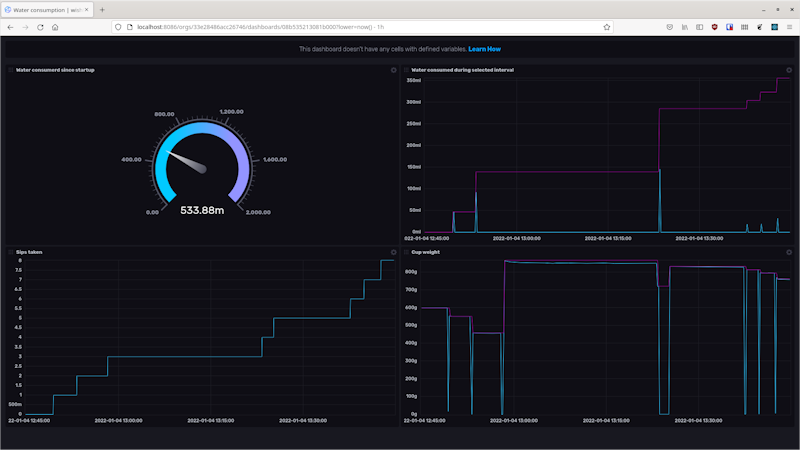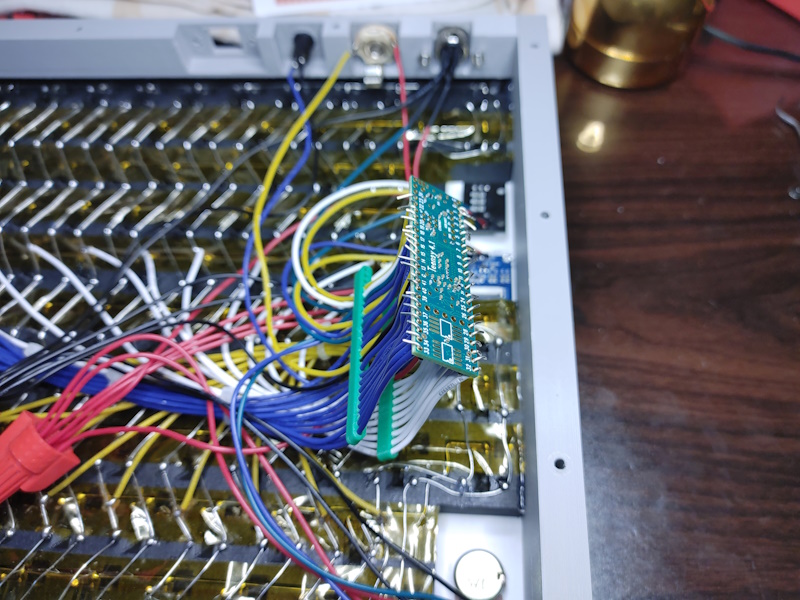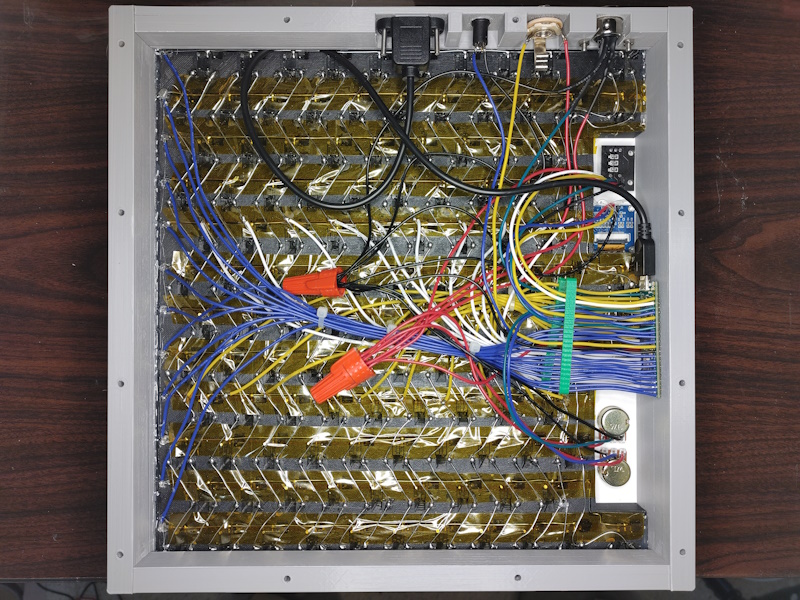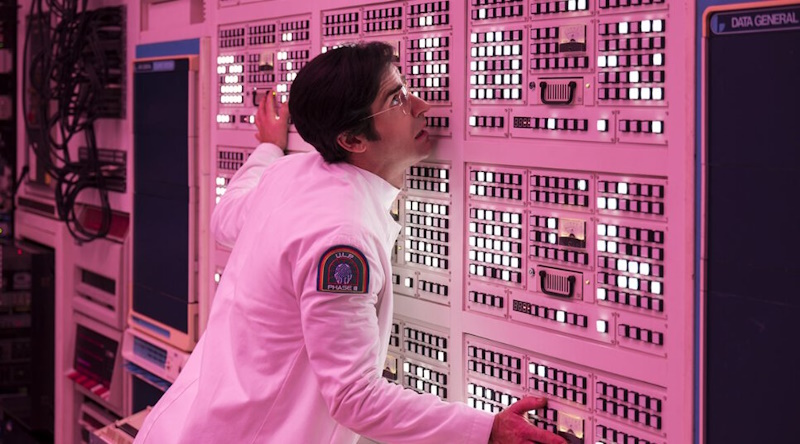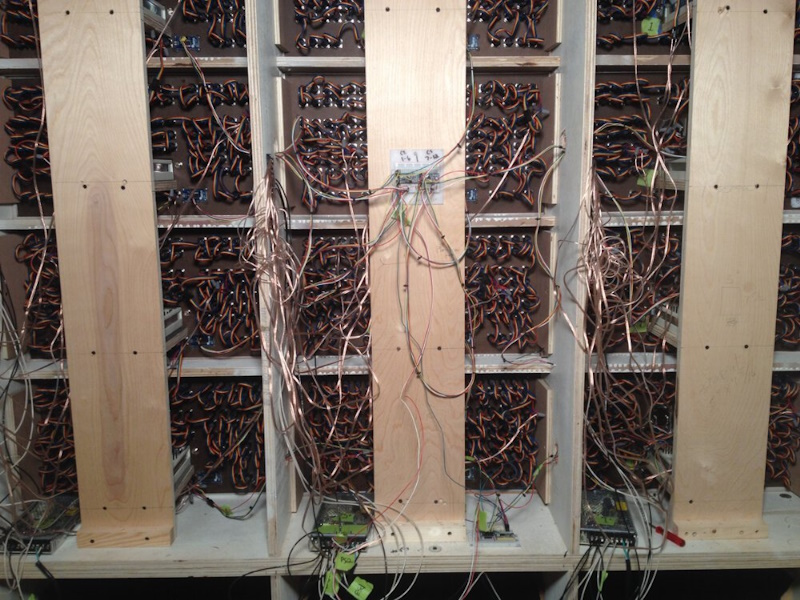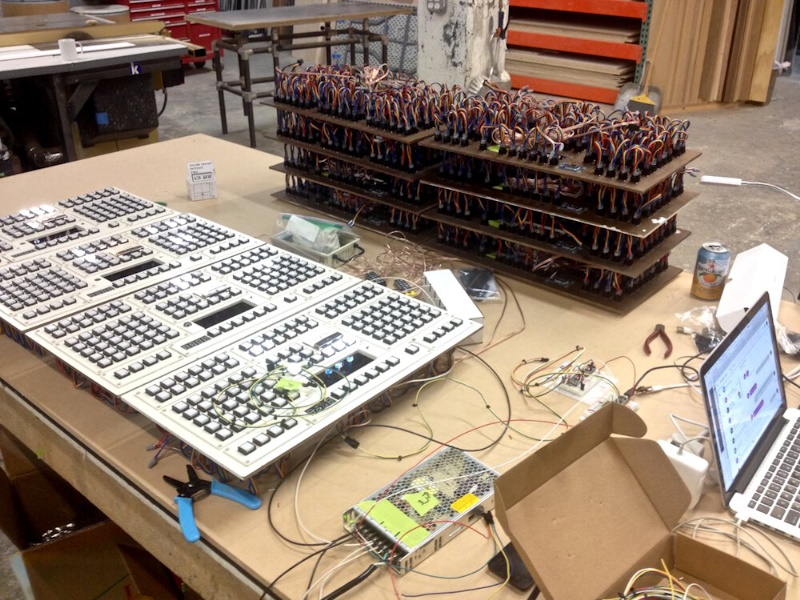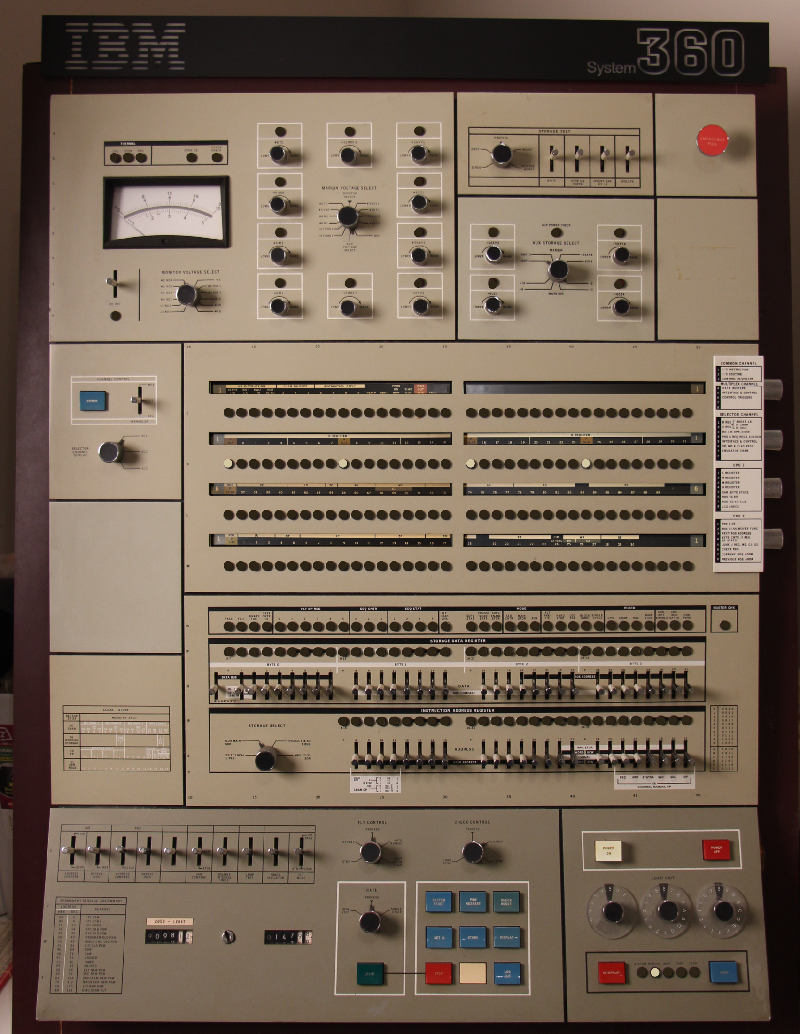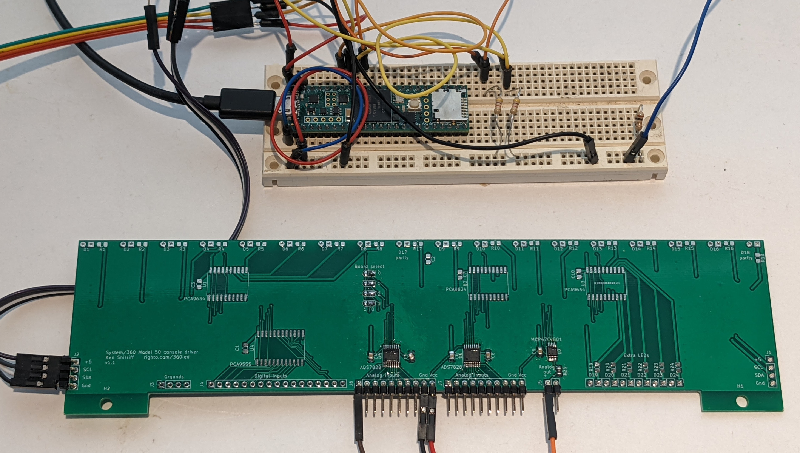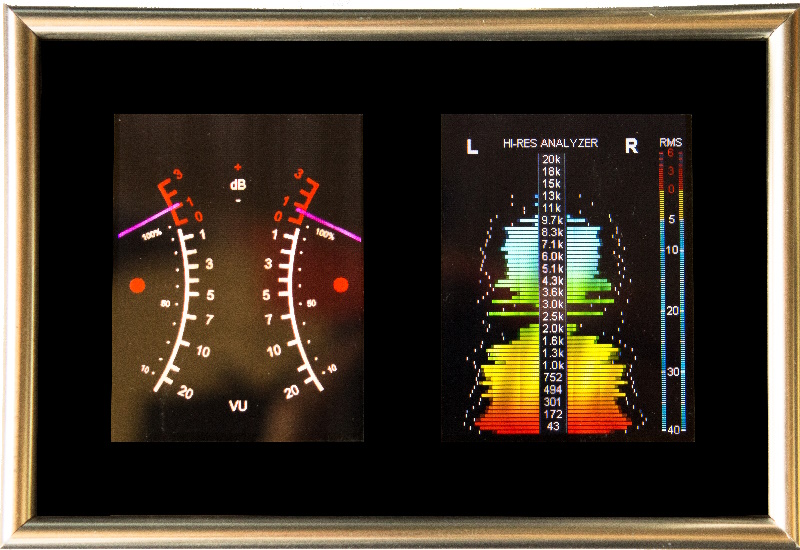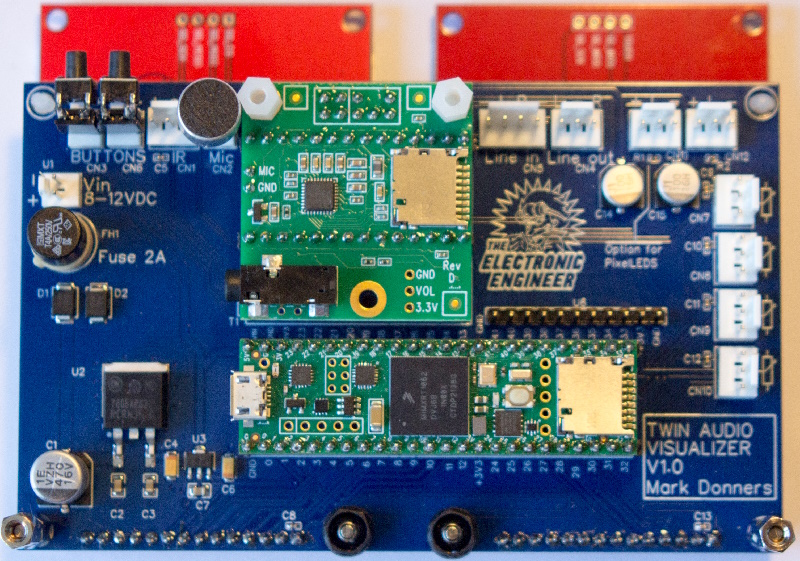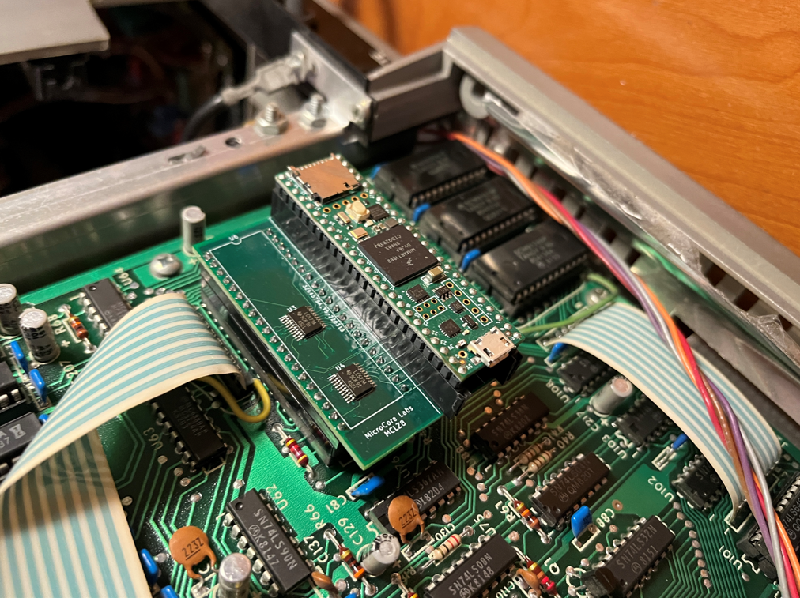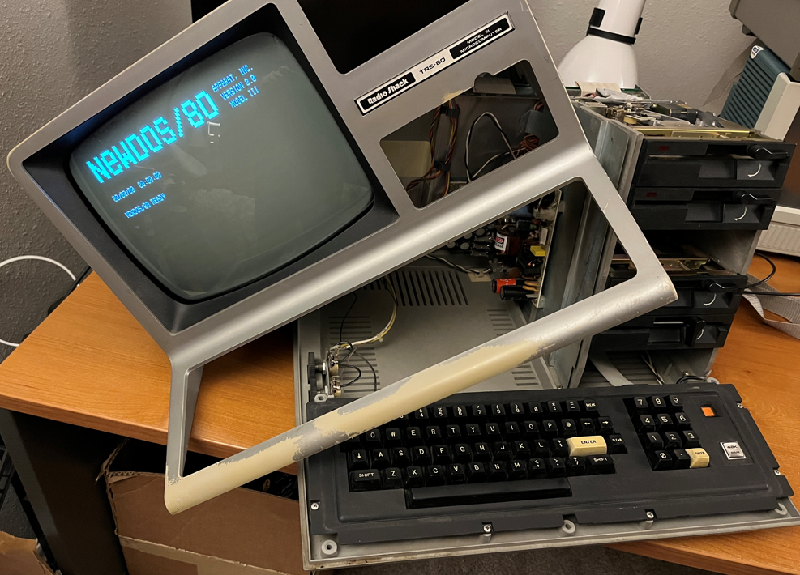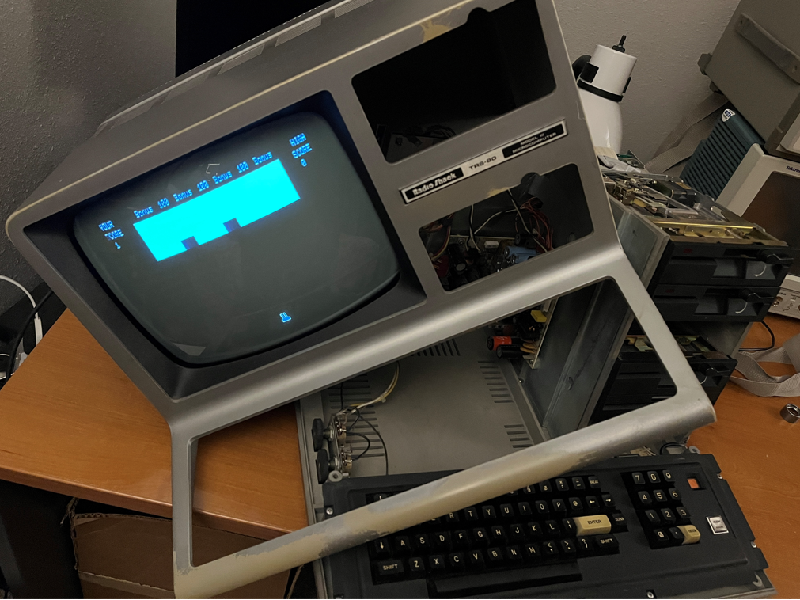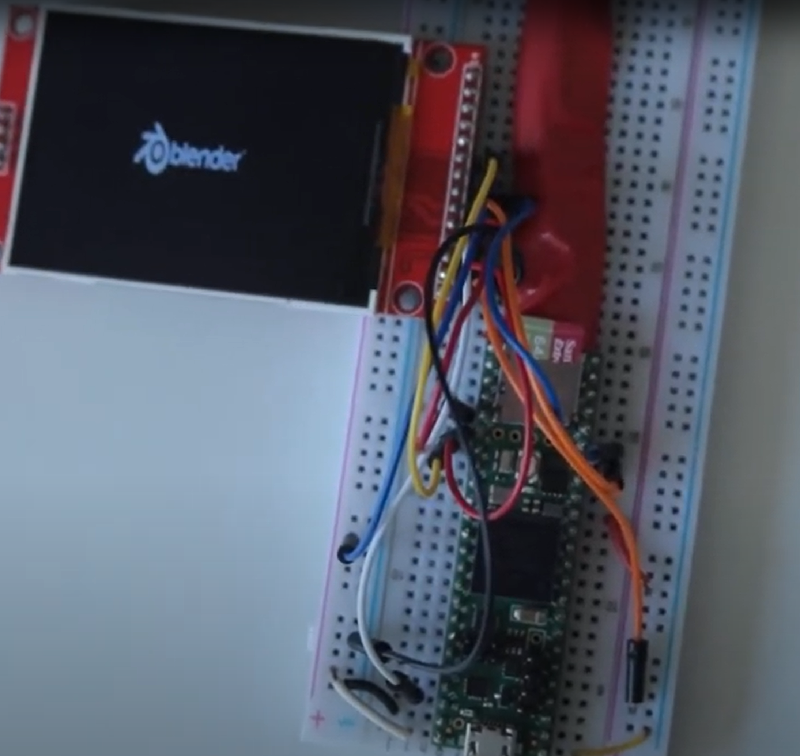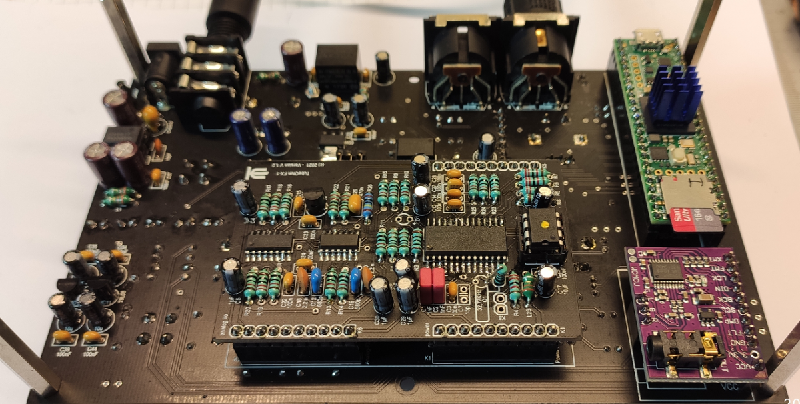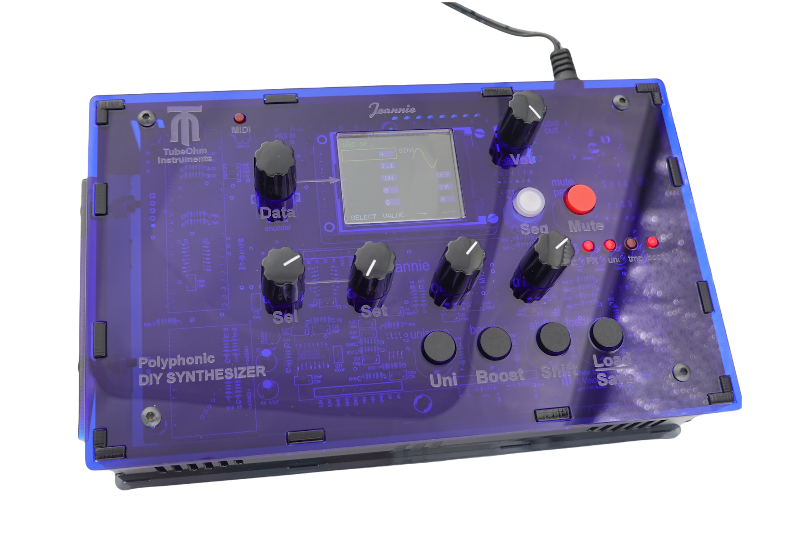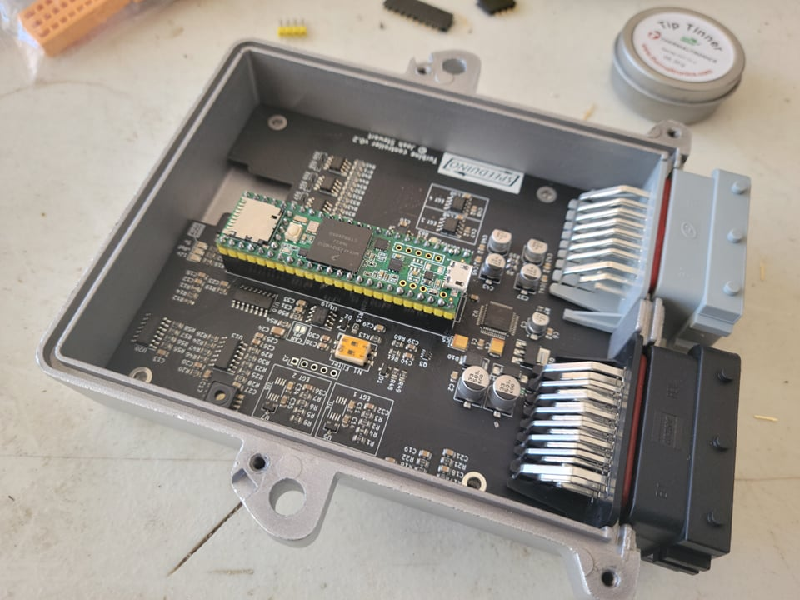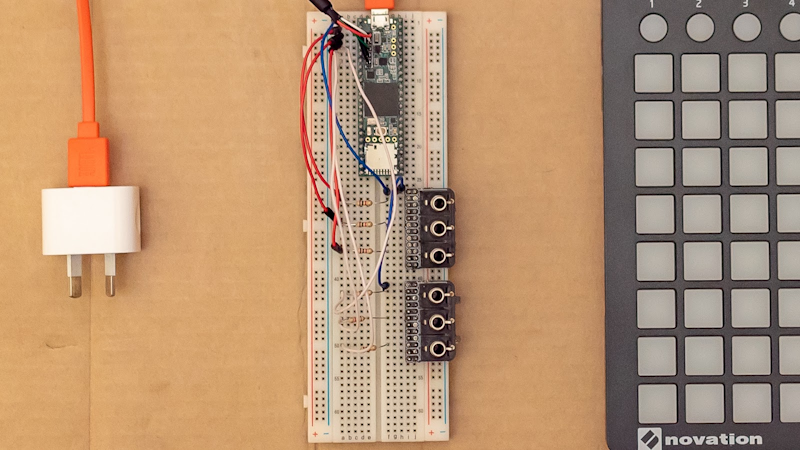The thirst is real, but the question is: how real is it? Are you experiencing a particularly thirsty Thursday, or an unusually dry Sunday? Unless you have the metrics, it can be hard to say for sure.
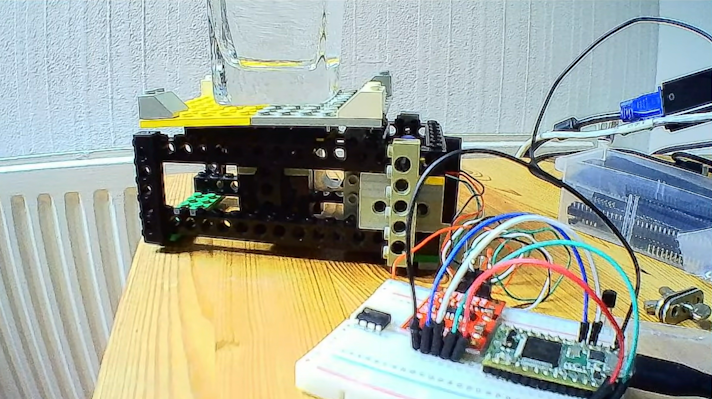
Pepijn de Vos set out to answer questions like these with the advent of his Teensy 3.1-based Smart Cup Holder.
The device consists of a LEGO chassis, plus a straight bar load cell and HX711 amplifier. Each time the cup is placed on the holder, it is measured, with a negative differential implying hydration, and an increase in weight implying replenishment, with a new threshold to measure against.
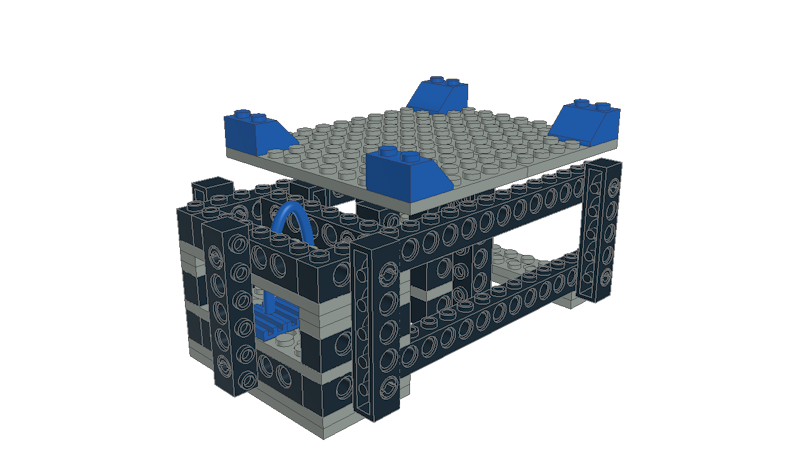
Hydration monitoring is accomplished via a GNOME Shell Extension that reads from TTY, or InfluxDB using Telegraf/tail. A write-up about the project can be found on Pepijn’s blog, with source code for the Teensy and Gnome portions, plus building instructions, found on the GitHub repo.
